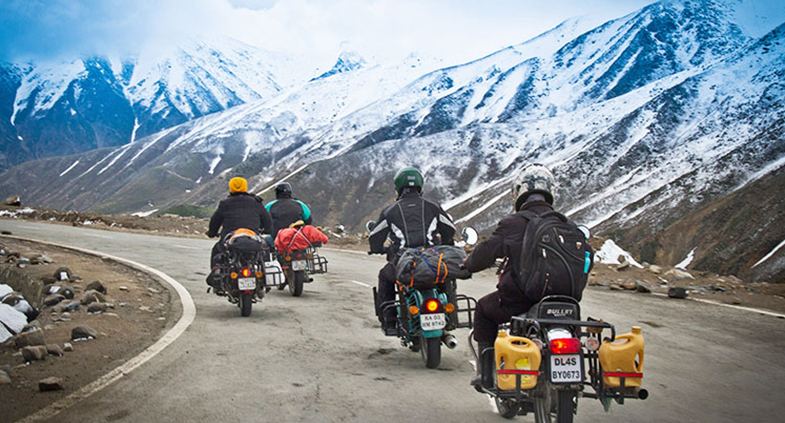
Enjoy Leh Trips with VoyagersBeat
Explore the scenic beauty of Manali, Kasol, Jibhi, Bir, and Mcleodganj with a 7-night tour package. Get Upto 30% Off, Limited time offer! Book Your Tr
1.Manali
Adventure Hub: Known for thrilling activities like paragliding, river rafting, and trekking, especially in Solang Valley and Rohtang Pass.
Hadimba Temple: This ancient temple, surrounded by dense cedar forests, is a significant cultural landmark in Manali.
Old Manali: Explore the charming streets of Old Manali with its laid-back cafes, live music, and vibrant backpacker culture.
2. Kasol
Backpacker’s Haven: Kasol, located in the Parvati Valley, is known for its serene riverside settings and a mix of local and Israeli influences.
Trekking Base: Popular starting point for treks to Kheerganga and Tosh, offering scenic trails through lush forests and mountain vistas.
Chillout Vibe: Famous for its cozy cafes, global cuisine, and relaxed atmosphere, ideal for unwinding.
3. Jibhi
Offbeat Beauty: A lesser-known gem, Jibhi is known for its tranquil atmosphere, lush forests, and river streams.
Tirthan Valley: Close to the Tirthan River, Jibhi offers opportunities for trout fishing, camping, and exploring quaint villages.
Jalori Pass: The scenic Jalori Pass nearby is great for hiking and offers panoramic views of the Himalayas, along with a trek to the peaceful Serolsar Lake.
4. Bir
Paragliding Capital: Bir-Billing is world-renowned for being one of the top destinations for paragliding, offering breathtaking views of the Himalayan landscape.
Tibetan Culture: Bir has a strong Tibetan presence, with monasteries like the Chokling Monastery and peaceful meditation centers.
Bir Tea Gardens: Explore the serene tea gardens that surround the area, adding to the calm and beauty of the region.
5. McLeodganj
Dalai Lama’s Residence: McLeodganj is the spirit
ual home of the Tibetan leader Dalai Lama and a hub for Tibetan culture and Buddhism.
Bhagsu Waterfall: A must-visit natural attraction, located near the Bhagsunath Temple, offering scenic views and a peaceful atmosphere.
Triund Trek: A popular trek starting from McLeodganj, Triund is known for its stunning views of the Dhauladhar Range and is ideal for a short overnight trek.
Entire travel as per the itinerary.
Travel by Ac Deluxe/Tempo Traveller from Delhi
2 Night stay in Hotel at Manali.
1 Night stay in Hotel/Camps at Kasol
2 Night stay in Cottages at Jibhi
1 Night stay in Hotel in Bir
1 Night stay in Hotel at Mcleod
All Sightseeing by Tempo Traveller/Cab as per the group size
A total of 14 meals - (Day 1 : Dinner) + (Day 2 : Breakfast + Dinner) + (Day 3 : Breakfast + Dinner) + (Day 4 : Breakfast + Dinner) + (Day 5 : Breakfast + Dinner) + (Day 6 : Breakfast + Dinner) + (Day 7 : Breakfast + Dinner) + (Day 8 : Breakfast)
Driver night charges, toll tax, parking charges.
24*7 Customer support
GST 5% Applicable Extra
Lunch during the trip
Heater charges
Anything not mentioned in the inclusions.
Tips to helper, cook, guide or any staff.
All Sightseeing, depends on Traffic, Road, Weather & Snow Conditions.
Any other costing involved due to any kind of natural calamity, forced circumstances which are out of our control.
| Sharing | Regular Batches Per Person Price |
Christmas & New Year Trip Batches Per Person Price |
. |
|---|---|---|---|
| QUAD SHARING (4 person per Room) | |||
| TRIPLE SHARING (3 person per Room) | |||
| DOUBLE SHARING (2 person per Room) |
Backpack (Min 55 Ltrs with rain cover): You must pick a good quality backpack with a comfortable fit and straps that won’t give you shoulder pain. You can check out your nearest Decathlon store for a good trekking backpack.
Day backpack (20 – 30 Ltrs): When you head towards the summit, you are required to carry only a few necessary items and for that, you need a day backpack as you will leave your bigger one on the campsite.
Floaters or Sandals: Although the entire trek requires a good quality shoe, you still need to let your feet breathe to avoid chafing and blisters. When you are at the camp, a good pair of sandals and floaters will help you to move freely.
Trekking Shoes: A good trekking shoe is comfortable, provides ankle support, and has a good grip as well. They shouldn’t be chunky, instead, they should be lightweight and sturdy.
3 Quick Dry Tees: You must keep at least three pairs of quick dry tees so that you can wash them in between stops for proper hygiene.
2 Track Pants: A good pair of track pants made of polyester will let your skin breathe. They’re lightweight, dry easily, and comfortable to walk around in. You can easily avoid chafing and rashes by investing in a good pair of track pants.
3 Pair of Cotton Socks: Cotton socks are extremely comfortable to move around in and are lightweight as well which is why you can always count on a good pair of cotton socks while trekking. However, keep in mind to change them and avoid wearing them when they are wet.
1 Pair of Woolen Socks: A good pair of woolen socks, especially merino, are comfortable, limit odors and provide adequate insulation from the cold so you can wear them at night.
1 Poncho: A poncho is an evolved form of a raincoat that provides coverage to your body as well as your bag and ensures total water protection from rain.
1 Heavy Jacket: It’s emphasized that you need to carry proper layers so you can avoid getting cold which is why you need to carry a heavy jacket that you can put on over your other clothes.
1 Pair of Thermal: Thermal is a piece of garment that helps in keeping your body warm in cold temperatures. It is a necessary item that you need when going on a high-altitude trek.
Quick-dry towel: A quick dry towel will help in maintaining proper hygiene. It must dry quickly because the wet fabric will only increase the chance of bacterial growth.
Windproof Jacket: As you ascend towards high altitude, you get hit by chilly winds and a windbreaker jacket is designed to resist them. They are lightweight and are made of synthetic fibers.
Woolen Cap: A woolen cap will help prevent cold when you ascend to high altitude. You can also cover your ears to avoid any pain and discomfort you might face in them when going at high altitudes.
Gloves: Insulated gloves help in maintaining proper body heat in your hands and also provide a better grasp on trekking poles.
Sun Cap: A lightweight sun cap with side flaps is perfect to keep your head cool and avoid sunburns on a sunny day.
1 Scarf or Balaclava: Along with sun rays and chilly winds, you also get hit by dirt and grime during treks which is why it's important to carry a scarf or balaclava so you can cover your face when needed.
Lip Balm: Your lips can become chapped due to the harsh cold winds so it's important to keep them moisturized.
Cold Cream & Sun Screen (SPF 40+): To avoid sunburns and chafing, you need to put on sunscreen as well as cold cream.
Antibacterial powder: To avoid rashes that develop from a bacterial infestation in your armpits and other parts of your body.
Water Bottle 1 Lt.: Hydration is extremely important when it comes to trekking. Carrying a water bottle that you can refill with Himalayan water is a must.
Headlamp or torch: You can’t rely on moonlight when you are in the mountains. A torch or even a headlamp with a fresh pair of batteries is always a good idea to bring along.
Bag for all your Toiletries: A bag with all your essentials including napkins, toothpaste, sanitizers, paper soap, etc should be carried in a ziplock bag.
Personal Medications and basic medical kit: A few cuts and bruises are almost inevitable when you are on a trek so carrying a medical kit with bandages, Dettol, etc is necessary.
Dark Sunglasses / People who use spectacles (Use Photochromic glasses instead of contact lenses): Photochromatic glasses are specs that are designed to transform into anti-glare shades depending upon exposure to the sun. They are good when it comes to eye protection but one can also opt for clip-on glasses etc.
Trekking Pole: The trekking pole assists in more than one way. It saves energy while also providing stability and helps you to maintain proper balance.
Documents: Identification proofs like Aadhar Card, Drivers License.
Extra Polythene: In case your clothes get wet or your garments don’t dry, you can carry them in polythene. However, make sure that all the plastic that you are carrying into the woods leaves with you. Don’t litter in the mountains.
Camera: This should be obvious. To make sure that you get to capture all the great moments from your trek. Make sure that you have enough storage and some extra batteries as well.
| Gadgets | : Camera , Cell phones , Power Bank |
| Gears | : A rucksack bag and a day pack , 3-litre water bladder or water bottle |
| Clothes | : A sun cap and a woolen cap , UV protected sunglasses , One cotton long sleeves and 2 short sleeve t-shirt , 1 fleece jacket , 1 heavy Thick jacket/down jacket , 1 pair of gloves At least 2 long pants (trek pants and cargo pants are favourable) , 4 sets of undergarments , 2 pair of socks , A small towel , A rain jacket or a poncho |
| Footwear | : Above-the-ankle waterproof and breathable hiking boots with good grip , Flip flops/sandals |
| Medication | : Glucose powder , Medicines for headaches, diarrhoea, muscular pain, motion and altitude sickness , Dettol , Bandages , Cotton |
| Personal Accessories | : Toothpaste , toothbrush , Paper soap & sanitizer , Sunscreen minimum of spf40 , lip balm , cold creams , Body spray |
| Misc | LED torch light |





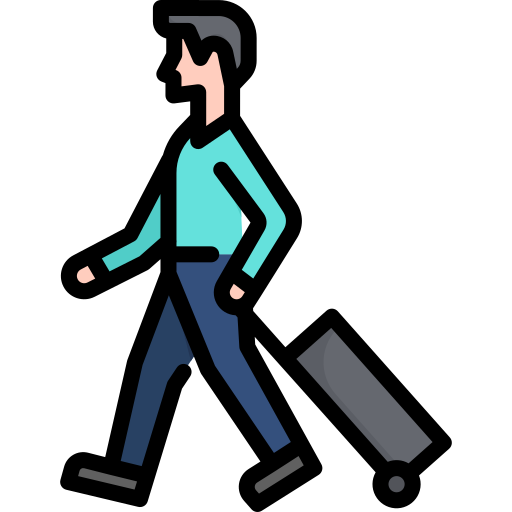 21000 +
21000 +
 PAN India
PAN India
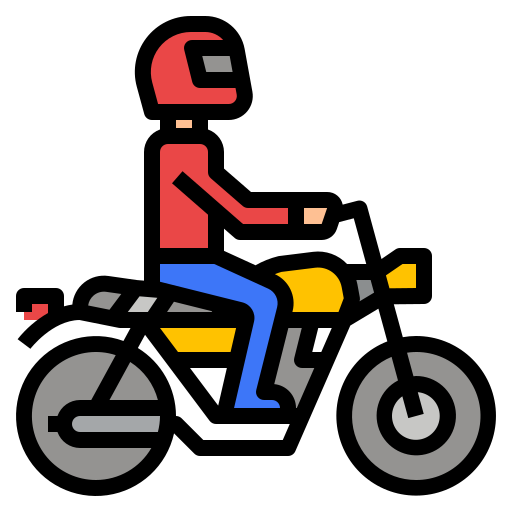 250+
250+
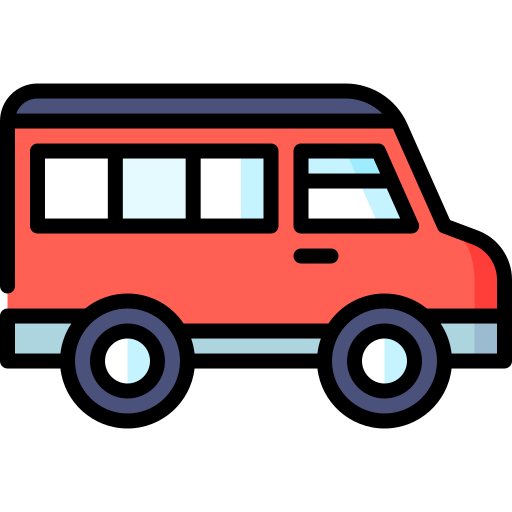 4000+
4000+
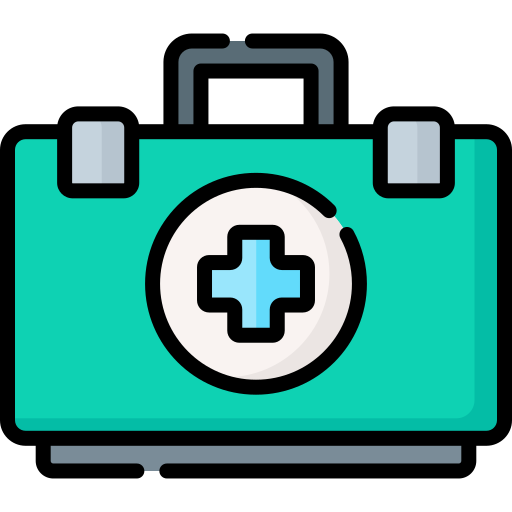 Medical &
Medical &
 Organized
Organized